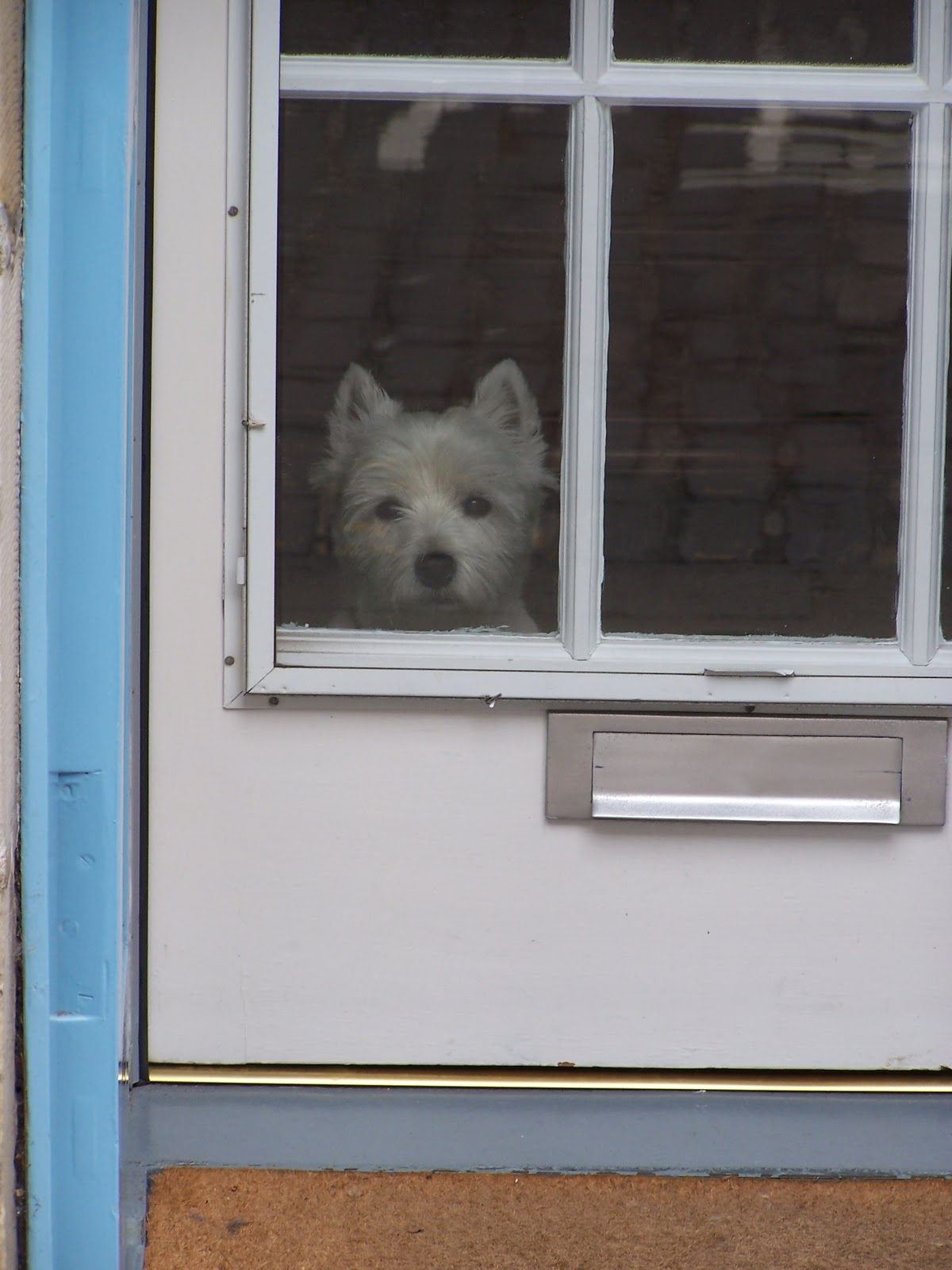Dogs were domesticated in Middle
East (vonHoldt et al., 2010) and relationship
with South-East Europe wolves has also been
proven (Verginelli et al., 2005). In the early
times, dogs were likely employed as food (Vigne & Guilaine, 2004), in addition to work and other uses. Interbreeding with local wolves occured in specific dog lineages (vonHoldt et al., 2010) but also modified local wolf genetic pools (Anderson et al., 2009).
Dogs, like cats, probably initiated a
process of self-domestication selecting fearless traits in order to favour
scavenging (Driscoll et al. 2009). Among the selected
traits is, for instance, starch-tolerance (Axelsson et al. 2013).
Reponen et al. (2013) state that few dog populations are truly feral. Following these authors, the only
"Western breed" feral dog population occurred in Galápagos. Dingos were
introduced in Australia
Although social behaviour of feral
dogs could be similar to that of wolves (Cafazzo et al. 2010), there are
substantial differences. Free ranging dogs
could have several types of mating (monogamy, polygyny, promiscuity, polyandry,
opportunity and rape) (Pal, 2011) while
in wolf packs alpha male and female are the only breeding individuals (Mech, 1999). This
is one of the reasons that probably lead to the smaller link between dogs and
their offspring, as they don't usually bring food and act mostly as guard (Pal, 2005). Nevertheless, during their oestrous period bitches clearly searched for the proximity of high-ranking males who displayed affiliative behaviour towards them, while they were more likely to reject the males who intimidated them, and males also seem to prefere dominant females (Cafazzo et al., 2014).
Dogs
are also worse imitators of conspecific than wolves (Range & Virányi, 2014). Those differences probably are substantial to
domestication process and also complicate the capacity of dogs to become truly independent
of humans.

No comments:
Post a Comment